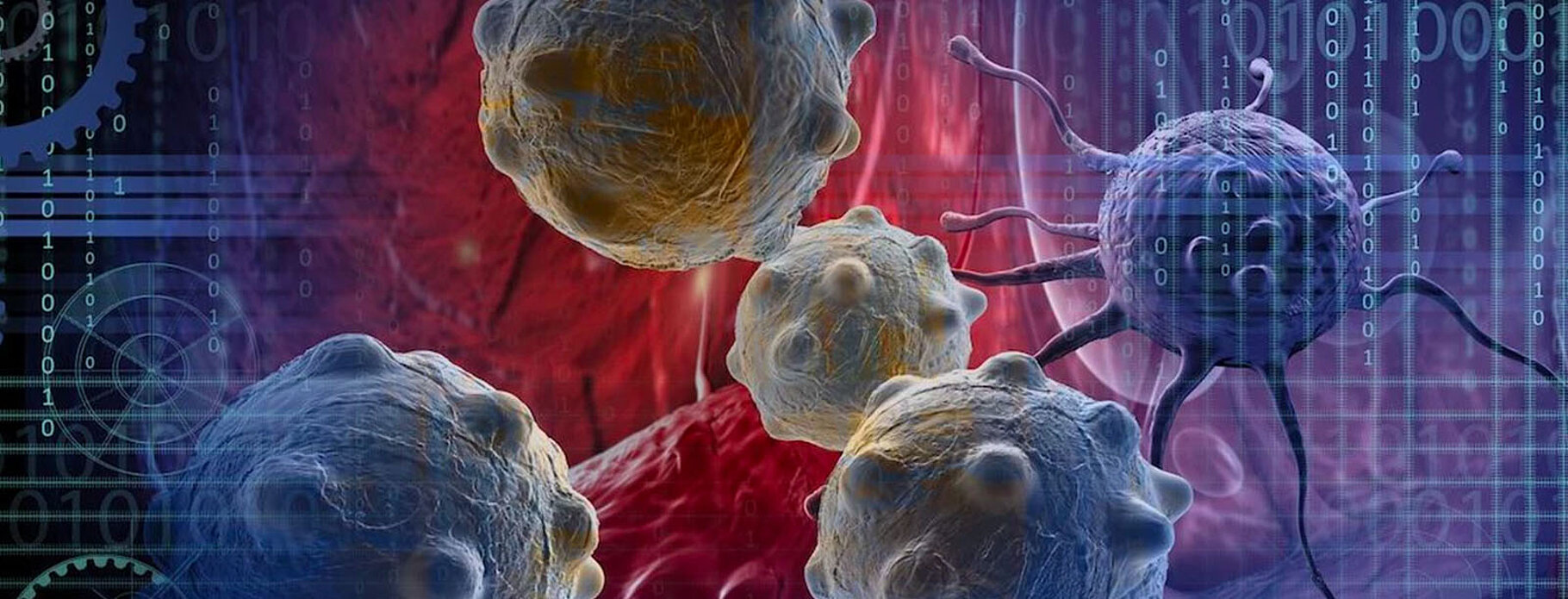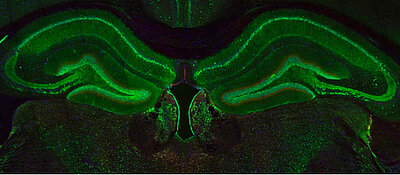Pathophysiology of Down's syndrome and rare dose-effect diseases causing intellectual disabilities (ID) or autism spectrum disorders (ASD) and other comorbidities
Team Leader : Yann HERAULT
Department : Translational medecine and neurogenetics

 The fascinating hippocampus and some interneuron populations.
The fascinating hippocampus and some interneuron populations.
DS is a multigenic syndrome in which we have identified genotype and phenotype relationship using our unique panel of animal models (Herault et al., 2017; Muñiz Moreno et al., 2020). We have gone further to identify 1) dosage sensitive regions involved in a few phenotypes (Arbogast et al., 2015; Brault et al., 2015; Marechal et al., 2015), 2) candidate genes (Marechal et al., 2019; Nguyen et al., 2018), 3) deregulated signaling pathways leading to six hub (Duchon et al 2021). Now we have focused our interest on genetic interaction between different regions/genes homologous to the human chromosome 21 that are contributing to cognition, craniofacial morphology or other comorbidities (see below).
Considering our knowledge on altered mechanisms associated with cognitive impairment, we have developed preclinical approaches to rescue the cognitive defects observed in DS models. We have validated several drugs, targeting the GABAergic neurotransmission (Braudeau et al., 2011; Duchon et al., 2020), the consequences of the Dual Specificity Tyrosine Phosphorylation Regulated Kinase 1a (DYRK1A) kinase (Duchon and Herault, 2016; Nguyen et al., 2018; Nguyen et al., 2017), or of the cysthationine-b-synthase (CBS, (Marechal et al., 2019)), overdosage to improve cognition in preclinical models. Two of these drugs are now under clinical evaluation in human and we are continuing to work on their mechanisms of action, as well as exploring drugs targeting CBS overdosage.
Now we have started to look at gene overdosage and other comorbidities in DS along lifetime… We are exploring the co-existence of physical (obesity, cardiac and hematological defects, gastrointestinal abnormalities,) and mental disorders (intellectual disability (ID), autism or affective disorders, Alzheimer disease) found within the same individual along lifetime, which can be assumed to be related to the gene overdose resulting from trisomy 21. We think that our unique DS aneuploid zoo of models will help to understand the origins of the DS comorbidities (Herault et al., 2017; Muñiz Moreno et al., 2020), especially with the new rat models obtained with the CrispR / Cas9 technique (Birling et al., 2017).
For this purpose, we have started with GO-DS21 an European funded project (grant agreement No 848077) to focus specifically on obesity and ID. go-ds21.eu. Obesity is a major risk factor for several chronic diseases in the general population and contributes to the death of more than 2.8 million people every year. The prevalence of obesity has been related to cognitive impairment and it increases dramatically in populations with ID.
Our research is done with the T21 research society (https://www.t21rs.org/).